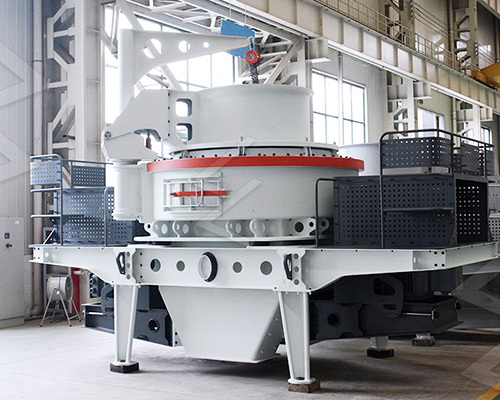
Sand Making Machine
Sand making machines are indispensable in modern construction and mining industries, offering precision, efficiency, and sustainability. Their ability to transform raw or waste materials into premium-grade sand ensures cost-effective and eco-friendly solutions for infrastructure development worldwide.Capacity:60-1407TPH
Application: metallic and non-metallic ore, building material, artificial sand making and every kind of metallurgical slag
Chat online Call WhatsAppIntroduction
A sand making machine, also known as a vertical shaft impact crusher (VSI crusher), is a specialized equipment designed to produce high-quality artificial sand and finely shaped aggregates from hard rocks, gravel, or industrial byproducts. It utilizes a high-speed rotor to throw materials against anvils or crushing chambers, breaking them into finer particles through impact and friction. Widely used in construction, mining, and infrastructure projects, sand making machines are essential for producing sand that meets strict specifications for concrete, asphalt, and other building materials.

Key Features
- High-Efficiency Production
- Sand making machines achieve a high crushing efficiency by leveraging centrifugal force and precise impact, ensuring optimal particle size distribution and output consistency.
- Capable of processing materials like granite, basalt, limestone, and recycled concrete into sand with adjustable fineness.
- Superior Particle Shape
- The unique “rock-on-rock” or “rock-on-iron” crushing mechanism produces cubical, angular particles with smooth edges, ideal for enhancing the strength and workability of concrete.
- Adjustable Gradation Control
- Operators can fine-tune the final product size (0–5mm, 5–10mm, etc.) by adjusting rotor speed, feed rate, or the gap between the rotor and anvils.
- Low Operational Costs
- Wear-resistant components (e.g., tungsten-tipped rotors, carbide liners) minimize wear and extend service life, reducing downtime and maintenance expenses.
- Energy-Saving Design
- Advanced hydraulic systems and optimized airflow reduce power consumption while maintaining high throughput.
- Versatility
- Suitable for dry or wet crushing modes.
- Handles abrasive materials and can process moisture-containing feed without clogging.
- Environmental Sustainability
- Equipped with dust suppression systems and noise-reduction technologies to comply with environmental regulations.
- Converts waste materials (e.g., construction debris, quarry residues) into usable sand, promoting resource recycling.
- Automation Integration
- Modern models feature PLC (Programmable Logic Controller) systems for real-time monitoring, automatic adjustments, and remote operation, enhancing productivity and safety.
Applications
- Construction: Produces high-quality sand for concrete, asphalt, and mortar.
- Mining: Crushes ores and minerals into fine aggregates for industrial use.
- Recycling: Transforms construction waste into reusable sand and aggregates.
- Infrastructure: Used in road bases, railway ballast, and hydraulic engineering projects.
Advantages Over Natural Sand
- Consistency: Uniform particle size and shape improve material performance.
- Availability: Reduces reliance on natural sand reserves, which are depleting in many regions.
- Customization: Tailored gradation meets specific project requirements (e.g., ASTM, GB standards).